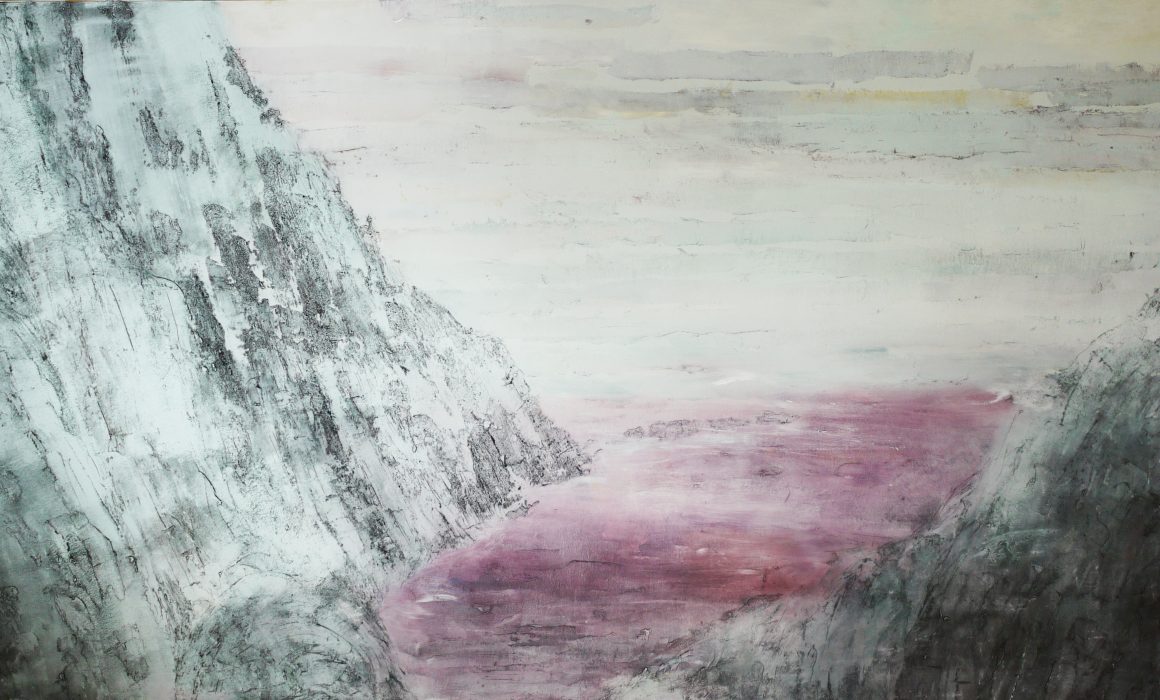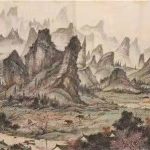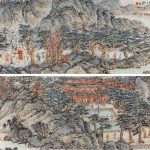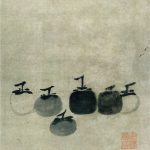Ecological culture in Chinese traditional Mountain and Water painting
By; Giacomo Bruni
This article has been part of the interventions of the 25th Annual Meeting of the International Association for Environmental Philosophy (IAEP) 2021 Conference
The first four centuries of Chinese imperial history, specifically the Han dynasty, were characterized by a Confucian-based ideological setting, which gave great importance to the political and social participation of the individual. Therefore, the ideals of living a reclusive life in nature, and generally the Daoist teachings became minorities in the intellectual scene of the time. During the Wei, Jin, Southern and Northern Dynasties (Weijin nanbeichao 魏晉南北朝, 220-589), due to social turmoil, profound changes in social thinking were caused. With the revival of Laozi 老子 and Zhuangzi 庄子’s thinking, Buddhism also flourished, establishing a communication between Confucianism, Taoism and Buddhism. And once again, like during the pre-Qin period, the wild and mysterious natural environment was the object of appreciation. Intellectuals and religious personalities embraced the retired life of yinyi 隐逸 amidst the mountains, which soon led to the birth of Mountain and Water painting, shanshui hua 山水画 as an independent genre, abandoning the ancillary position towards figurative painting, which at the time was the highest form of painting. The status of independent art expression led to a production of theoretical texts, and these painting theories not only revealed the internal laws of method, history, practical and theoretical insights, but also revealed the ancient Chinese aesthetic concept towards the natural environment.
Read More








